Origins and Early Influence
Hindi horror began in the late 1940s with gothic-style narratives. Filmmakers introduced haunted mansions, tragic love stories, and mysterious female figures. These early works drew heavily from folklore, blending eerie visuals and supernatural themes. This set the tone for the genre’s unique identity and established the idea of mixing romance with fear.
Musical Mystique Meets Fear
Songs were interwoven with ghostly elements and dramatic backstories, crafting a melodic-yet-spooky atmosphere. This era defined how fear and romance could coexist on screen .
The Shock Era: 1970s–80s
By the 1970s and 80s, the genre shifted toward campy, low-budget shock. Filmmakers leaned into local legends—demons, witches, haunted forts, and folk curses. These filmscrafted direct, raw narratives that were loud and sensational, earning cult followings .
Psychological Depth: 1990s
In the 1990s, horror moved inward—away from gothic settings toward inner fears. Silence, suspense, and the unseen took center stage. Stories began focusing on perceptions of reality, trauma, guilt, and internal conflict. The fear felt more psychological and intimate .
Urban Settings and Refined Sound: 2000s
During the 2000s, horror not only shifted its focus to urban environments but also became more refined in its use of sound and space. Consequently, filmmakers replaced traditional mansions with sleek city apartments and leaned on tight sound design and modern settings to build tension in metropolitan spaces Mansions were replaced by sleek apartments. Filmmakers dropped songs in favor of tense background scores. Sound design became the key tool to build tension. This era gave Hindi horror a slicking, more polished style.
Meeting Innovation: Late 2000s–2010s
From the late 2000s and into the 2010s, filmmakers began deeply integrating folklore and myth. Found-footage styles emerged. Horror took on more layered forms, blending psychological terror with mythic symbolism. Sometimes these films carried social messages wrapped in supernatural tales .
Top 5 hindi horror movie
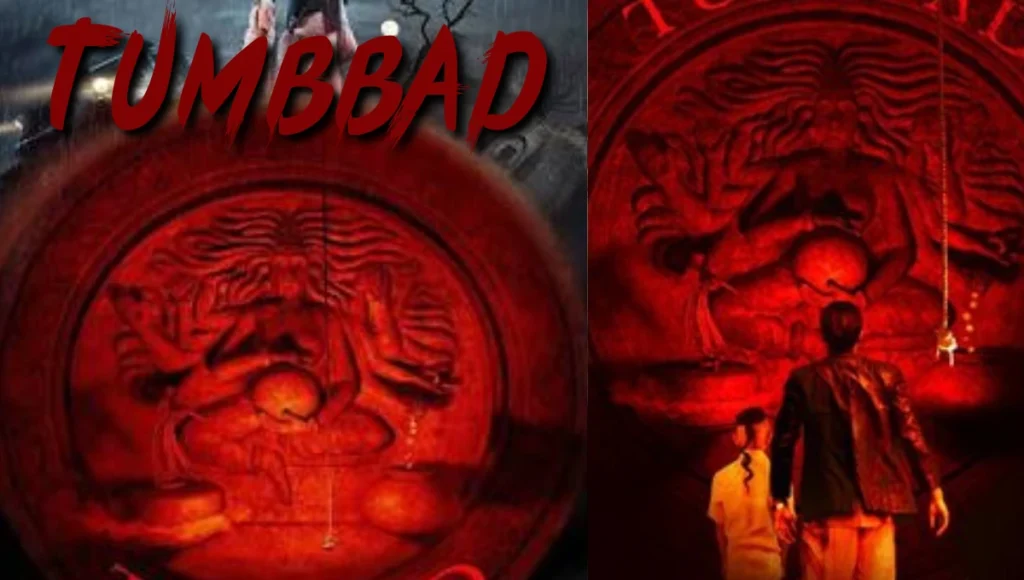
Tumbbad (2018) is a period horror film that weaves Indian folklore with psychological and mythological richness. Spanning multiple decades in a rain-soaked village, it is the tale of a family led into the myth of Hastar, a cursed god born out of greed. The visual design of the film—haintful cinematography, immersive period settings, and chilling sound—establishes a tangible atmosphere of fear .
AATMA
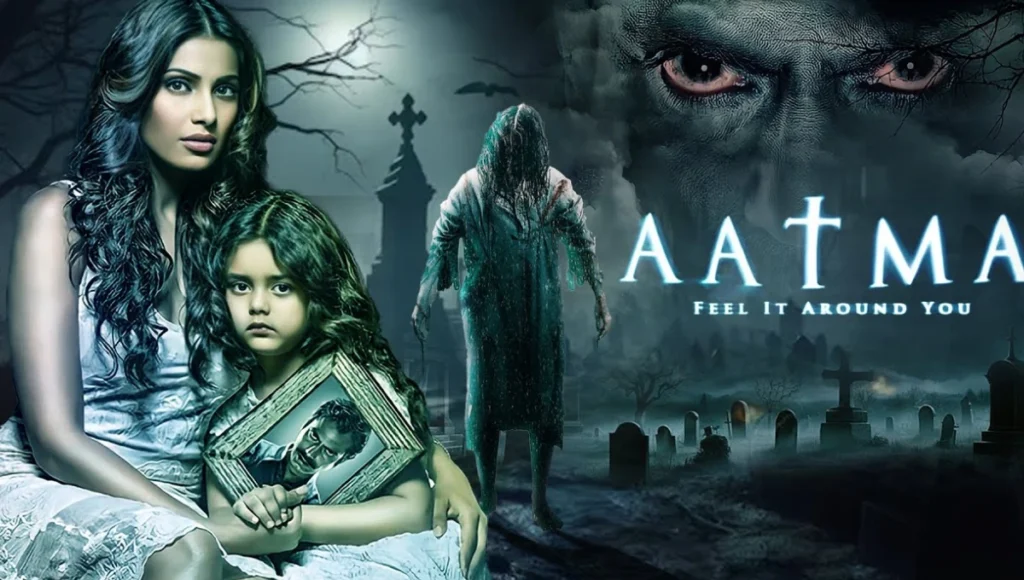
This could be one of the best hindi horror movie you can watch with your family
HORROR STORY
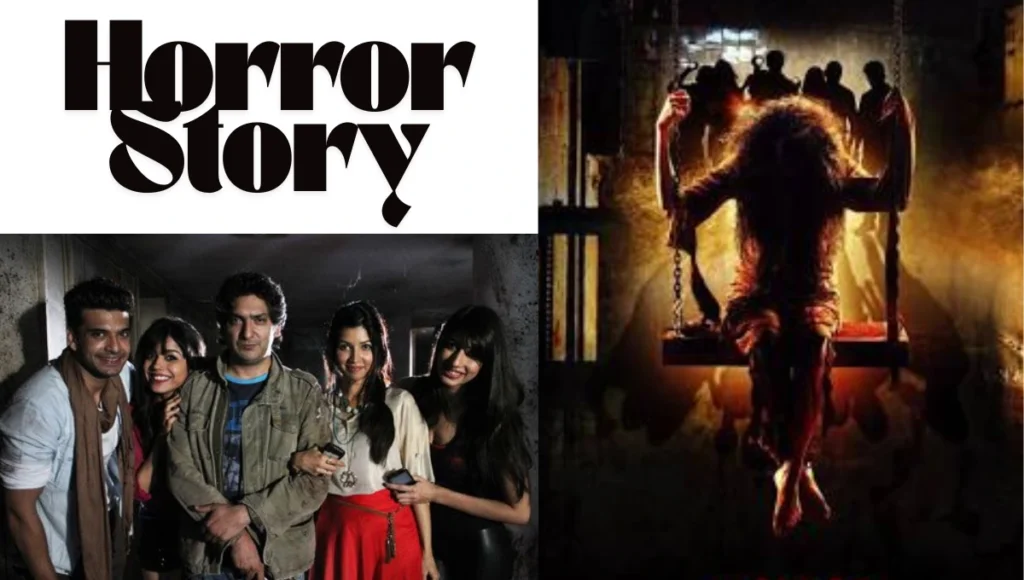
Must watch movie with your friend. This is the one of the best movie from oldest to newest genration.
PARI
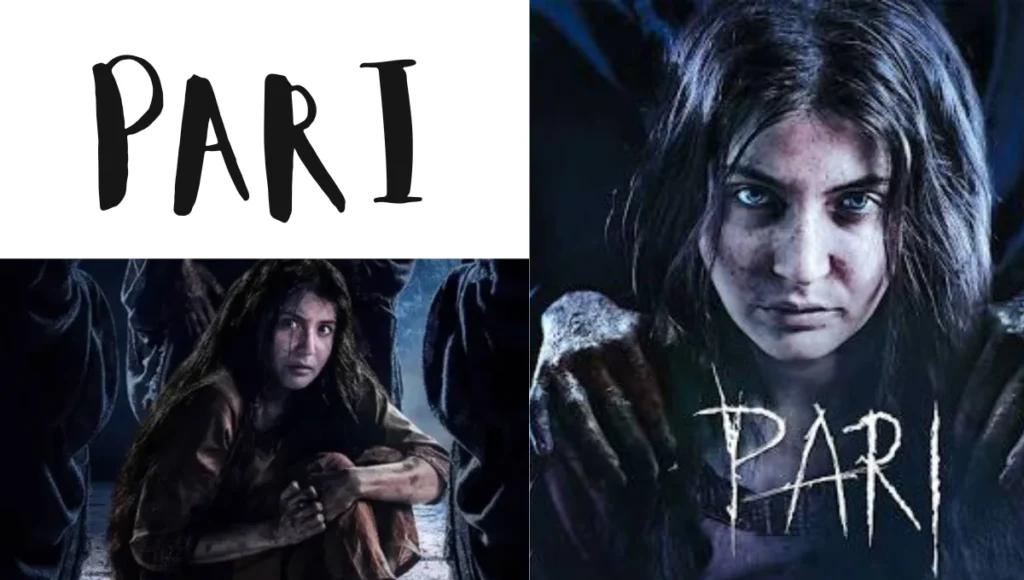
This was anushka’s first horror movie where she was posessed by the JIN.
CHHORII 2
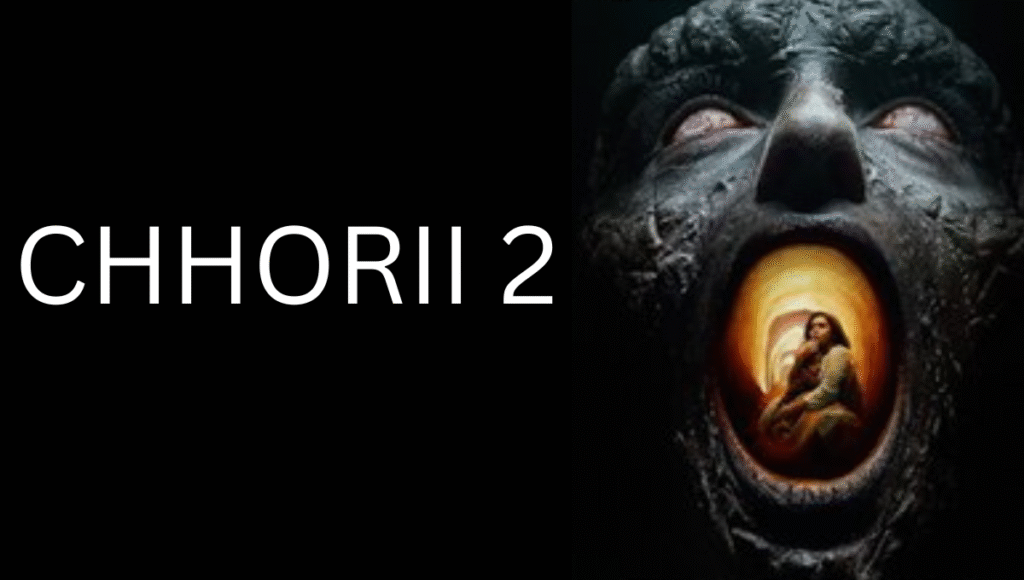
Best movie as it comes in Top 5 hindi horror movie. The concept shown is the old problem of people where they kill girl child as they treat them as unwanted kid.
Streaming Era and Genre Reinvention
The streaming era ushered in a renaissance. Horror became smarter, darker, and more experimental. Series and films began blending humor with myth and social themes. Female supernatural figures started symbolizing resistance and challenging patriarchal norms .
Core Themes and Cultural Significance
- Folklore & Myth: Rooted in curses, ghosts, witchcraft, and demon lore, these stories draw on layered cultural traditions .
- Psychological Focus: Fear often arises from trauma, guilt, and inner conflict, making the horror personal.
- Visual & Auditory Style: Shadows, silence, and modern settings enhance tension through mood not visuals alone .
- Genre Fusion: Horror now mixes with romance, comedy, satire, and social critique, making it versatile .
- Empowered Female Spirits: Ghostly women often become symbols of defiance and transformation .
Future Directions
- Myth and Folklore: There is untapped potential in cultural lore yet to be explored .
- Serialized Franchises: Streaming platforms encourage serialized and extended storytelling .
- Global Collaboration: International co-productions may raise technical standards and global appeal .
- Creative Freedom: OTT services support bold narratives and experimentation .
Final Thoughts
Hindi horror has transformed across decades—from gothic romance beginnings to psychological exploration, urban mood, folklore fusion, and streaming-led reinvention. The genre now delivers stories rich in meaning, emotion, and cultural resonance. It continues to challenge norms and explore shared fears. Hindi horror has matured, and its next chapter promises even deeper explorations of identity and dread.
Read More About



